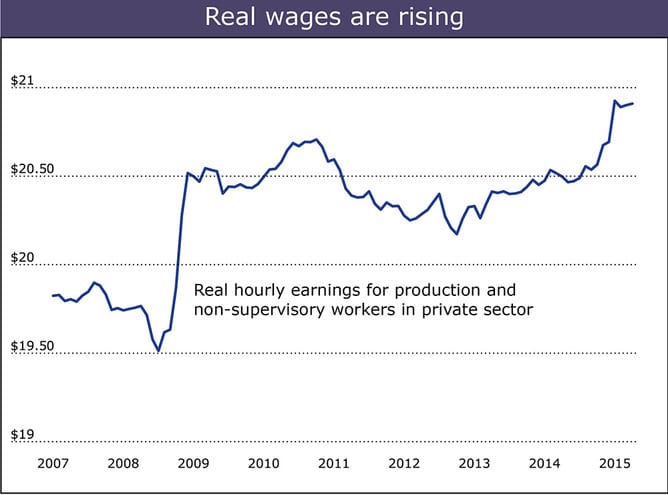Hints of U.S. Labor Market Strength
Further hints are surfacing that the job market in the United States is recovering.
The total number of job openings and overall demand in hiring new employees has grown at a strong pace. According to a new study by the Bureau of Labor Statistics, the total number of job openings rose to 5.4 million by the end of April, the highest number recorded since the BLS began tracking.




